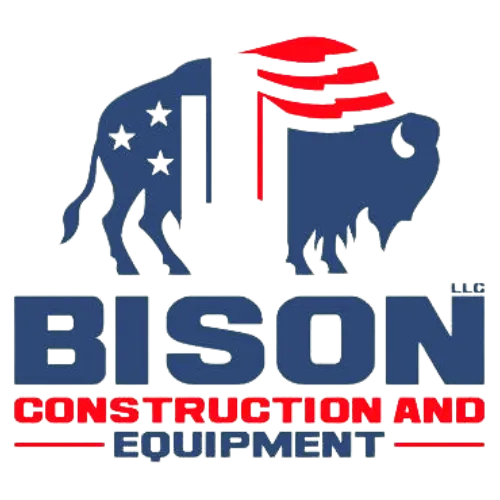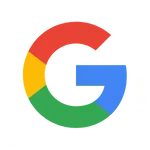Services > Infrastructure
Infrastructure
The elements of infrastructure for a subdivision or land
development project typically include:
Roads: This includes the construction of main roads and secondary roads within the development, as well as the installation of street lighting and signage.
Water Supply: This involves the installation of water mains and individual service lines to provide potable water to each building in the development.
Sewer Systems: This includes the construction of sewer mains and individual service lines to provide adequate sewage treatment and disposal for the development.
Electrical Systems: This involves the installation of electrical power lines and distribution systems to provide electrical power to each building in the development.
Storm Water Management: This includes the construction of drainage systems and the installation of retention ponds or other infrastructure to manage and mitigate storm water runoff.
Gas and Telecommunications Systems: This includes the installation of natural gas mains and individual service lines, as well as the installation of fiber-optic or other communications infrastructure to provide gas and telecommunications services to the development.
Landscaping and Amenities: This includes the installation of parks, playgrounds, and other common areas, as well as landscaping and other aesthetic improvements to the overall development.
These elements of infrastructure are critical to the success
of a land development project and must be carefully planned, designed, and constructed to ensure that they are safe, functional, and sustainable over time.
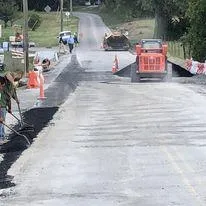
What is Infrastructure?
Infrastructure land development refers to the process of creating, improving, and managing the physical and social infrastructure of a specific area or region. This includes the construction of new infrastructure such as roads, bridges, water and sewage systems, and public buildings, as well as the upgrading and maintenance of existing infrastructure.
Infrastructure land development is typically aimed at supporting economic and social activities such as housing, retail, business, and tourism. The goal is to create sustainable communities with access to basic services and amenities, and to promote economic growth and social well-being.
Infrastructure land development projects are typically undertaken by government agencies, private developers, or public-private partnerships, and may involve complex coordination and cooperation among multiple stakeholders.

Benefits of Infrastructure
Infrastructure development has several benefits, including:
Economic growth: Good infrastructure helps attract investment and promotes trade and commerce, leading to increased economic growth.
Job creation: Infrastructure development projects often create jobs in the construction and related industries.
Improved quality of life: Adequate infrastructure improves access to essential services such as healthcare, education, and clean water, leading to an improved quality of life for citizens.
Increased efficiency: Improved infrastructure reduces transportation time and costs, making it easier and faster to move goods and people
Improved public safety: Upgraded infrastructure can help reduce the risk of accidents and natural disasters, leading to a safer environment for citizens.
Better environmental sustainability: Improved infrastructure can also contribute to a cleaner and greener environment, by reducing waste and emissions.
Services > Infrastructure
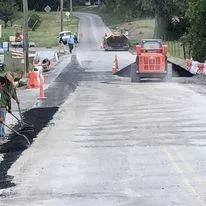
Infrastructure
The elements of infrastructure for a subdivision or land development project typically include:
Roads:
This includes the construction of main roads and secondary roads within the development, as well as the installation of street lighting and signage.
Water Supply:
This involves the installation of water mains and individual service lines to provide potable water to each building in the development.
Sewer Systems:
This includes the construction of sewer mains and individual service lines to provide adequate sewage treatment and disposal for the development.
Electrical Systems:
This involves the installation of electrical power lines and distribution systems to provide electrical power to each building in the development.
Storm Water Management:
This includes the construction of drainage systems and the installation of retention ponds or other infrastructure to manage and mitigate storm water runoff.
Gas and Telecommunications Systems:
This includes the installation of natural gas mains and individual service lines, as well as the installation of fiber-optic or other communications infrastructure to provide gas and telecommunications services to the development.
Landscaping and Amenities:
This includes the installation of parks, playgrounds, and other common areas, as well as landscaping and other aesthetic improvements to the overall development.
These elements of infrastructure are critical to the success of a land development project and must be carefully planned, designed, and constructed to ensure that they are safe, functional, and sustainable over time.
What is Infrastructure?
Infrastructure land development refers to the process of creating, improving, and managing the physical and social infrastructure of a specific area or region. This includes the construction of new infrastructure such as roads, bridges, water and sewage systems, and public buildings, as well as the upgrading and maintenance of existing infrastructure.
Infrastructure land development is typically aimed at supporting economic and social activities such as housing, retail, business, and tourism. The goal is to create sustainable communities with access to basic services and amenities, and to promote economic growth and social well-being.
Infrastructure land development projects are typically undertaken by government agencies, private developers, or public-private partnerships, and may involve complex coordination and cooperation among multiple stakeholders.
Benefits of Infrastructure
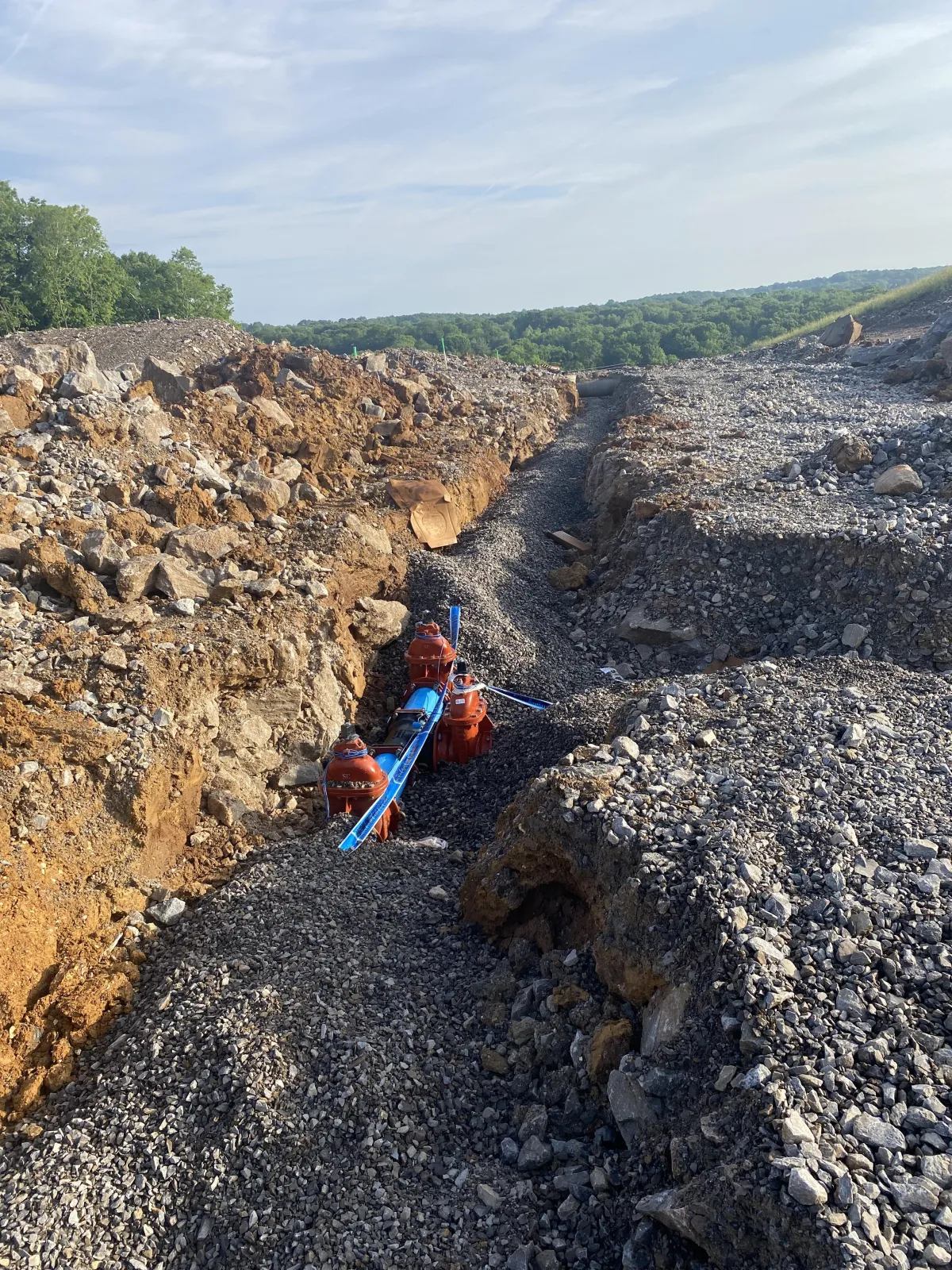
Infrastructure development has several benefits, including:
Economic growth:
Good infrastructure helps attract investment and promotes trade and commerce, leading to increased economic growth.
Job creation:
Infrastructure development projects often create jobs in the construction and related industries.
Improved quality of life:
Adequate infrastructure improves access to essential services such as healthcare, education, and clean water, leading to an improved quality of life for citizens.
Increased efficiency:
Improved infrastructure reduces transportation time and costs, making it easier and faster to move goods and people.
Improved public safety:
Upgraded infrastructure can help reduce the risk of accidents and natural disasters, leading to a safer environment for citizens.
Better environmental sustainability:
Improved infrastructure can also contribute to a cleaner and greener environment, by reducing waste and emissions.
Recent Photos Infrastructure

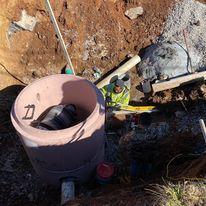
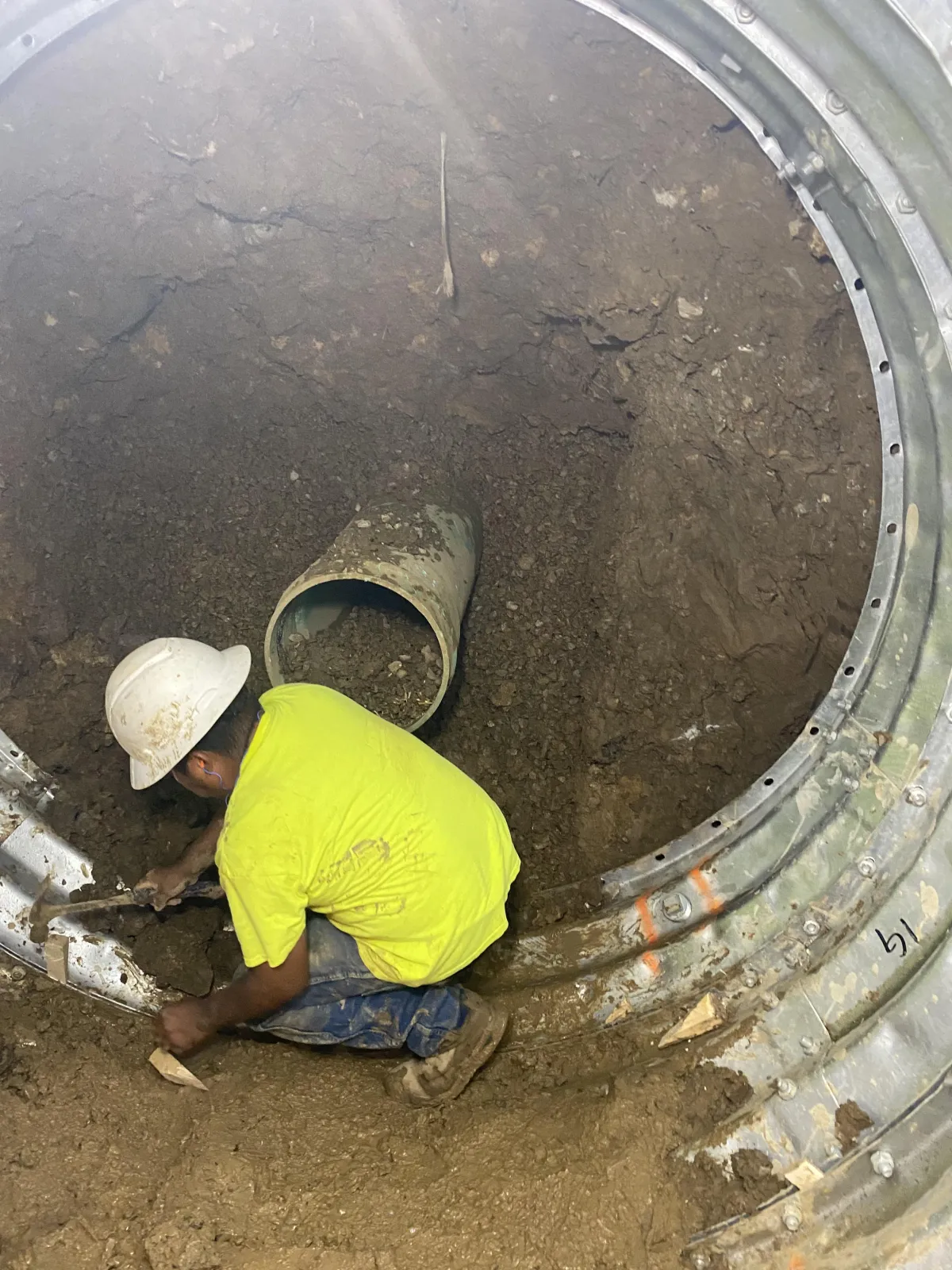
Recent Photos Infrastructure
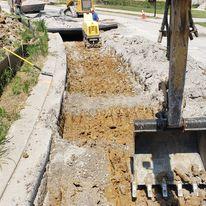
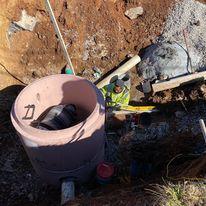
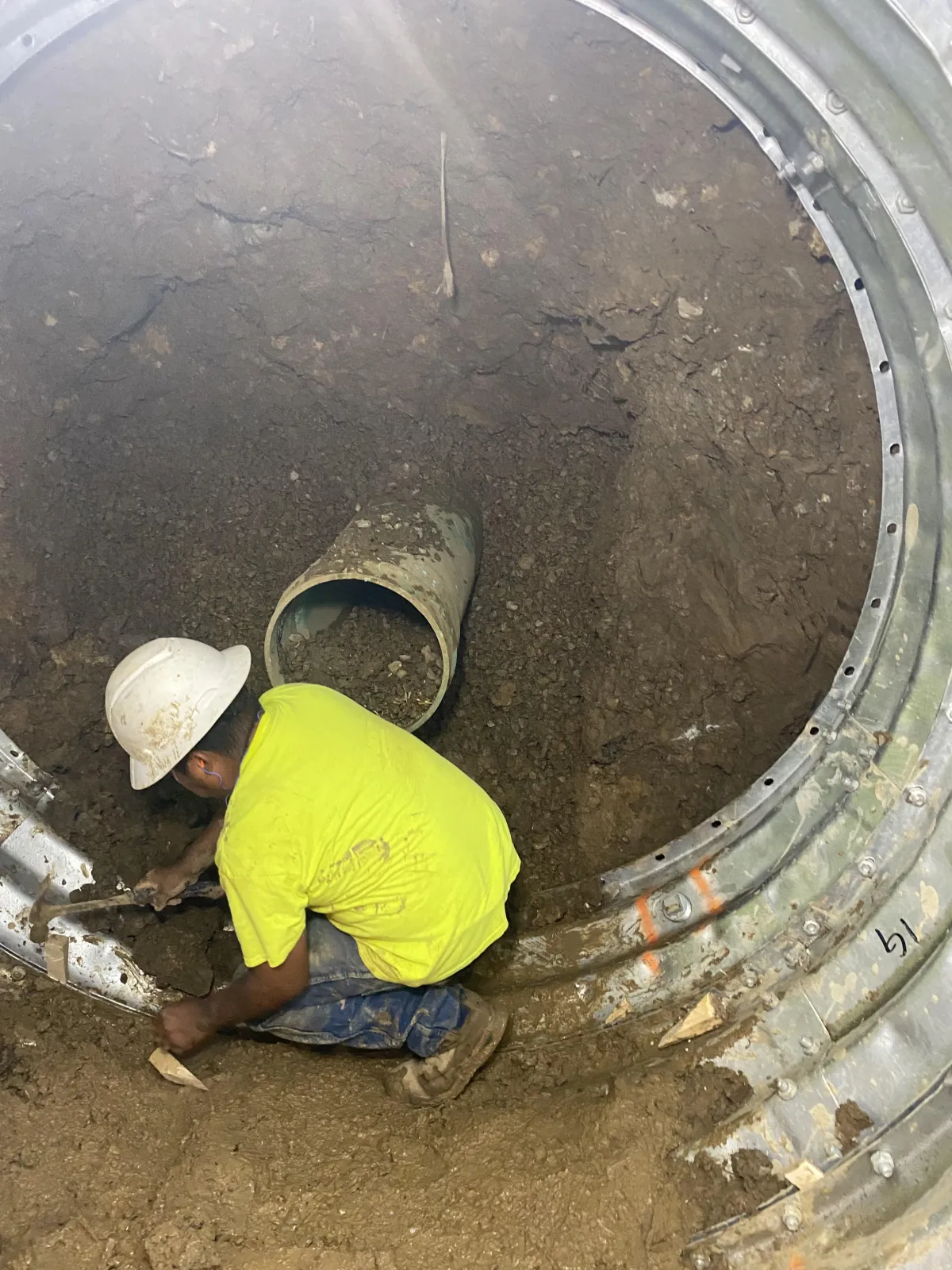
Infrastructure FAQ's
Frequently Asked Questions About Infrastructure
Q: What is the purpose of infrastructure land development?
A: The purpose of infrastructure land development is to create, improve, and manage the physical and social infrastructure of a specific area or region to support economic and social activities, promote economic growth, and enhance the quality of life for residents.
Q: Who is responsible for infrastructure land development
A: Infrastructure land development projects are typically undertaken by government agencies, private developers, or public-private partnerships, with varying levels of involvement from each. The specific responsibilities of each party will depend on the nature of the project and the agreements in place.
Q: What are the stages of infrastructure land development
A: The typical stages of infrastructure land development are planning, design and construction, and operations and maintenance.
Q: How does infrastructure land development impact the environment?
A: Infrastructure land development can have both positive and negative impacts on the environment, depending on the specific projects and their implementation. It is important to consider environmental impacts in the planning and design stages and to implement measures to minimize harm and promote sustainability.
FAQ's
Frequently Asked Questions About Infrastructure
Q: What is the purpose of infrastructure land development?
A: The purpose of infrastructure land development is to create, improve, and manage the physical and social infrastructure of a specific area or region to support economic and social activities, promote economic growth, and enhance the quality of life for residents.
Q: Who is responsible for infrastructure land development
A: Infrastructure land development projects are typically undertaken by government agencies, private developers, or public-private partnerships, with varying levels of involvement from each. The specific responsibilities of each party will depend on the nature of the project and the agreements in place.
Q: What are the stages of infrastructure land development
A: The typical stages of infrastructure land development are planning, design and construction, and operations and maintenance.
Q: How does infrastructure land development impact the environment?
A: Infrastructure land development can have both positive and negative impacts on the environment, depending on the specific projects and their implementation. It is important to consider environmental impacts in the planning and design stages and to implement measures to minimize harm and promote sustainability.
615-553-8523
ksurprise56@aol.com
